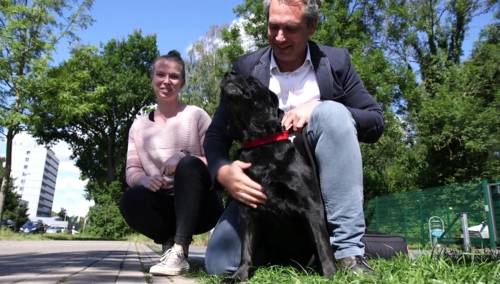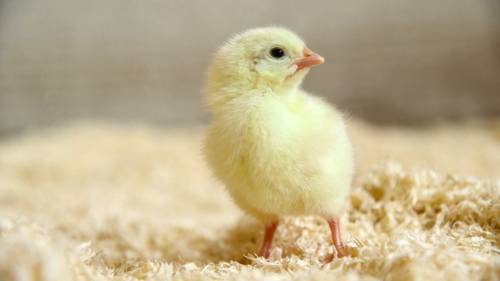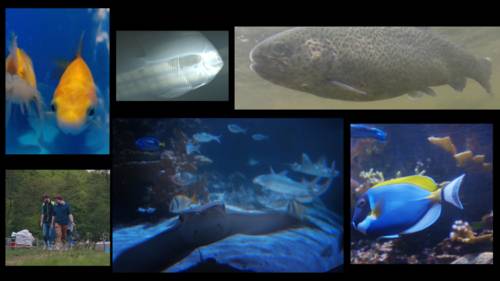
Dogs can discriminate between samples from SARS-CoV-2 infected humans and control samples
Diagnoses by dog noses – Dogs can sniff out patients with COVID-19
A research team led by the University of Veterinary Medicine Hannover (TiHo), in cooperation with the Bundeswehr, the Hannover Medical School and the Univ...
read more
How and why are they performed? And what is examined?
Looking into Animals: Necropsies at the TiHo
Veterinary pathologists have varied tasks: they determine the causes of diseases and death in pets, zoo animals, and livestock, and also perform research...
read more
TiHo investigates new poultry husbandry concept - Studentenwerk tests acceptance in refectories
Dual-Purpose Chicken-Research to Improve Animal Welfare
Researchers of the University of Veterinary Medicine Hannover, Foundation, (TiHo) are currently investigating the husbandry of dual-purpose chicken in coo...
read more
The future of asthma research: live lung slices
A New Alternative to Animal Testing!
Why do I have trouble breathing? About 5 percent of all Germans suffer from asthma. No wonder that scientists are searching for new drugs to alleviate the...
read more
The department of Fish Pathology and Fish Farming at the University of Veterinary Medicine Hannover
Fish: Furless Patients
What does a fish doctor actually do? He examines, takes x-rays, carries out ultrasound scans, vaccinates, and sometimes even operates on fish – for instan...
read more
Successful cooperation between the state capital and Leibniz University
Preventive and responsive soil protection in Hannover
We depend on intact soils as a source of raw materials and food, a store of nutrients, water, and greenhouse gases, a filter of pollutants, and as habitat...
read more Deutsch
Deutsch
 English
English
 中文
中文
 Danish
Danish
 Eesti
Eesti
 Español
Español
 Suomi
Suomi
 Français
Français
 Italiano
Italiano
 日本語
日本語
 한국
한국
 Nederlands
Nederlands
 Norge
Norge
 Polski
Polski
 Portugues
Portugues
 Русский
Русский
 Svenska
Svenska
 Türkçe
Türkçe
 العربية
العربية
 Romanesc
Romanesc
 български
български